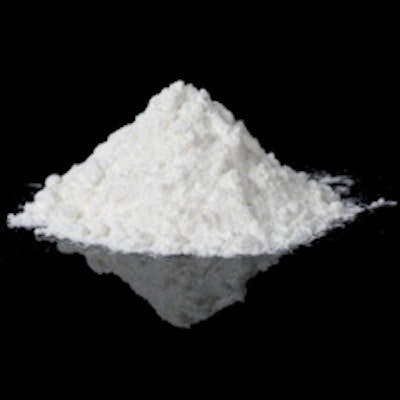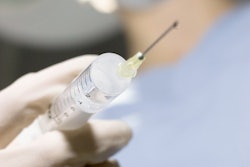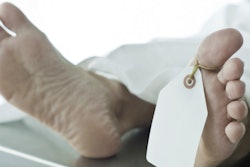
Dental Dose is a twice-monthly video series featuring pharmacologist Tom Viola, RPh. In each episode, Viola shares bite-sized pieces of dental pharmacology news, facts, and myths.
In the late 1800s and early 1900s, cocaine was an anesthetic agent of choice in dentistry, noted Tom Viola in the latest episode of Dental Dose. But perhaps more surprising, cocaine has accepted medical uses as an anesthetic agent to this day.
About a century ago, medical and dental professionals used cocaine in a lot of different products, Viola said. Many of these were "snake oil" before the government put food and drug safety guidelines into place. But the use of cocaine in dentistry was legitimate.
"It's use in dentistry was legitimate because it's an anesthetic agent," Viola said. "It does work like anesthetic agents."
Dentists at the time used cocaine as both a topical and injectable anesthetic. The drug is similar to modern esther anesthetic agents, but it's unique in that it is a vasoconstrictor as opposed to a vasodilator.
"Cocaine did have its mark in dentistry because it is, relatively speaking, a good anesthetic agent in the fact that it didn't need a vasoconstrictor and it's fairly long acting," Viola said.
Cocaine's time in the dental pharmacology spotlight didn't last long, though. Soon, safer agents, such as procaine and Novocain, came along, Viola said. And once lidocaine was developed, the dental industry never looked back.
But other medical professionals still use cocaine in modern procedures. In fact, cocaine can be bought and sold as a topical anesthetic for eye surgery and ear, nose, and throat procedures, Viola said.
Watch the episode below to learn more about the brief but fascinating history of cocaine in dentistry.



















